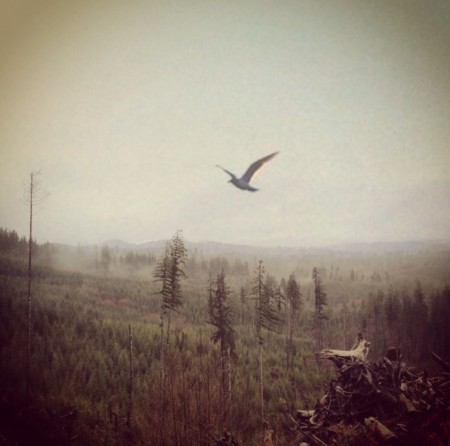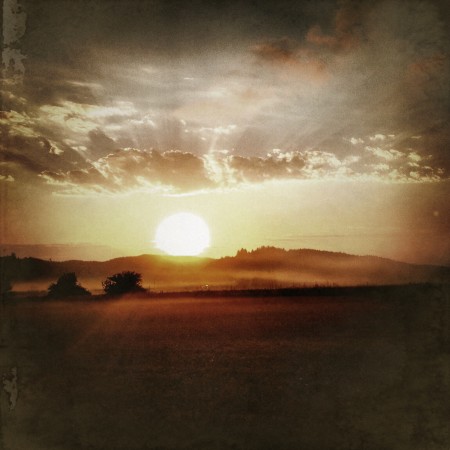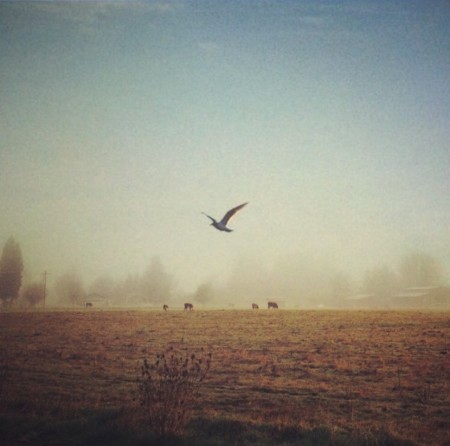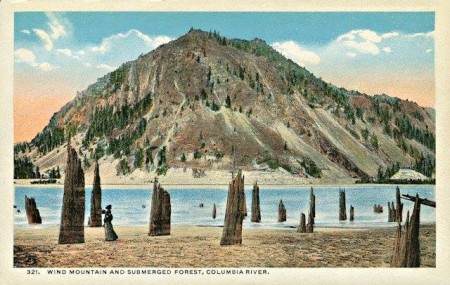“Mary was born at the Cascades in 1854, in the “Moon of the Falling Leaves”, October. Many Indians did not know what year they were born, much less the month and day.
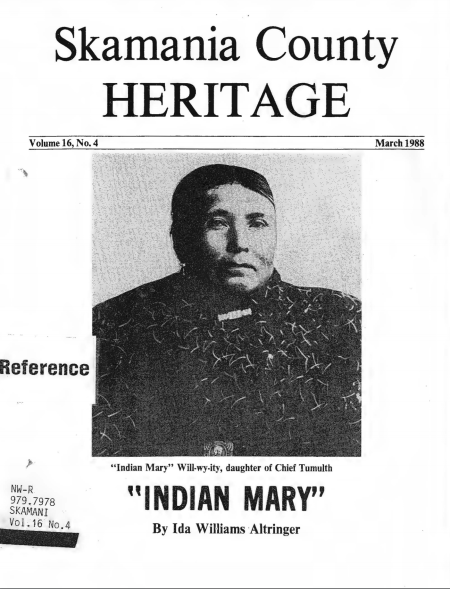
Matriarch.
Mary was only eighteen months old at the time of the Battle of the Cascades, in March 1856. After her father was hanged by order of the U. S. Army, Mary went with her mother and other family members back to the Wishram village.
In the 1870′s, as the young widow of Henry Will-wy-ity, a Wishram Indian, she traded a team of horses to Kenzy Marr for 160 acres of his donation land claim at Marr’s Landing. Here, at the end of the present lndian Mary Road, her brother built for her a nice wooden cabin.”
Read more about our Grandmother, Kaliah Will-wy-ity, here at my Cousins webiste: https://chieftumulthtreatysigner.files.wordpress.com/2016/03/skamania-historical-society-pamphlet-on-indian-mary-written-by-ida-williams-altringer.pdf
Also, check out this site for more info pertaining to our heritage as Watɬlala Band of Chinuk (Cascade Indians): https://chieftumulthtreatysigner.wordpress.com/
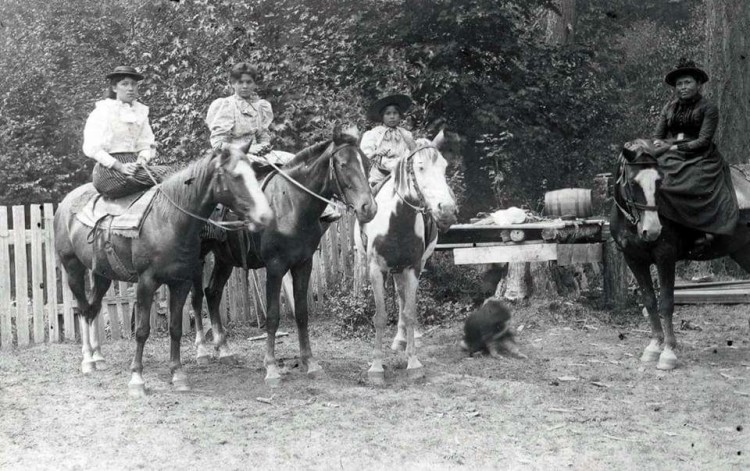
Old photo shows “Indian Mary” Stooquin, right, with daughters and a friend. From left is Nellie Arquette Miller, 18, a friend; Amanda Williams, 14; Abbie Reynolds Estrabrook, 7; and Mary Will-wyity, 40. Photo taken at Moffett’s Hot Spring about 1894.
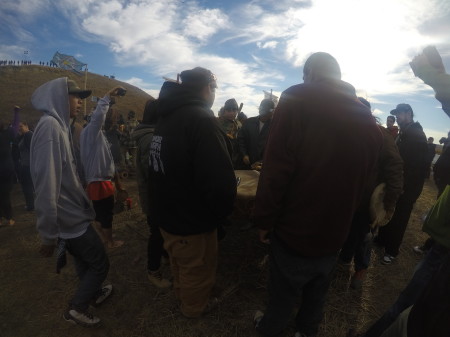
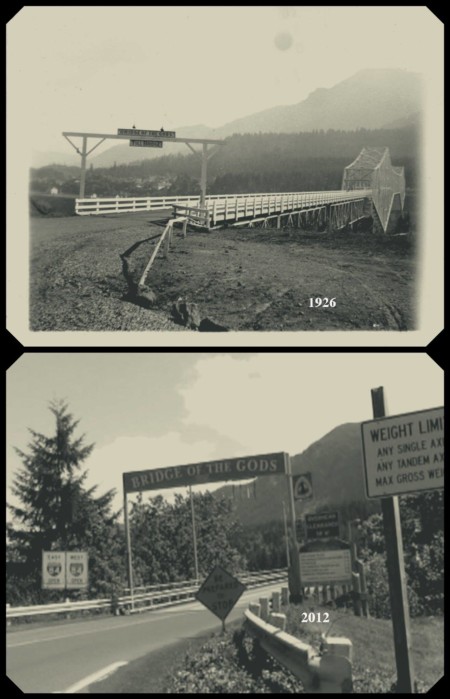
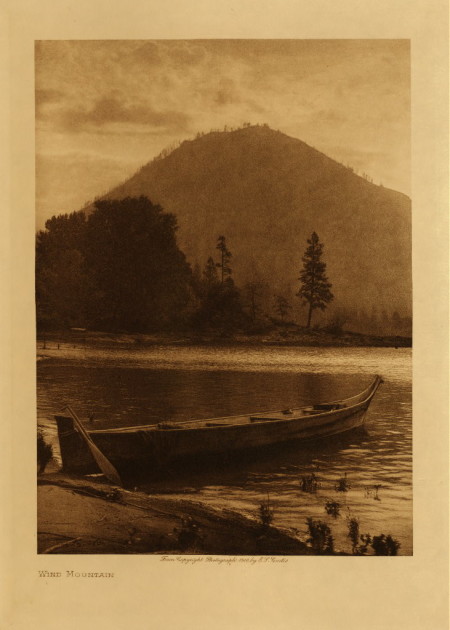
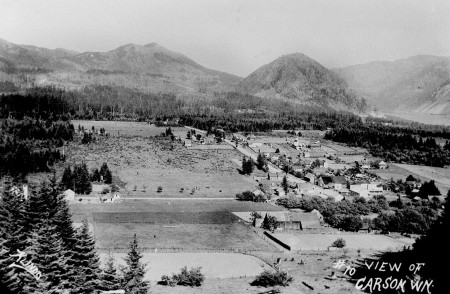 Growing up, I could see Wind Mountain directly from my bedroom window. I would get lost in daydream, which is a pretty common occurrence for me, and wonder how my ancestors revered and interacted with this landscape. What was it about this mountain that made it holy or sacred? Was it because of it’s stand alone features in the middle of the Cascade Mountain range? Was is it because of the sacred mineral waters that bubbled and boiled in her shadows? Or, was it because it could have been where the actual land bridge, known as the Bridge of the Gods, could have crossed the mighty river? – And Who had the first Vision on her lofty peak? Was it Coyote?
Growing up, I could see Wind Mountain directly from my bedroom window. I would get lost in daydream, which is a pretty common occurrence for me, and wonder how my ancestors revered and interacted with this landscape. What was it about this mountain that made it holy or sacred? Was it because of it’s stand alone features in the middle of the Cascade Mountain range? Was is it because of the sacred mineral waters that bubbled and boiled in her shadows? Or, was it because it could have been where the actual land bridge, known as the Bridge of the Gods, could have crossed the mighty river? – And Who had the first Vision on her lofty peak? Was it Coyote?